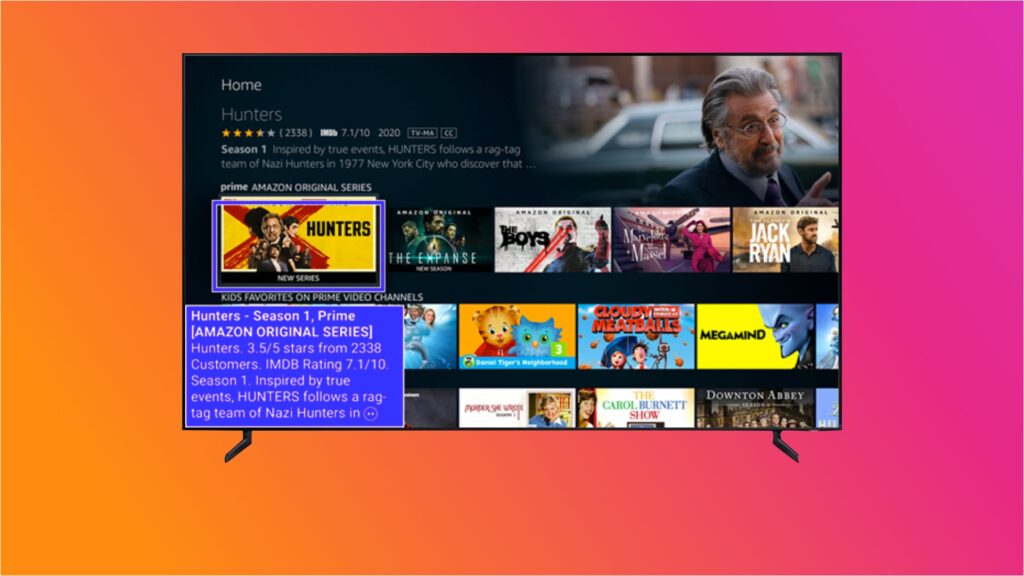Your fortnightly frequent11y newsletter, brought to you by @ChrisBAshton:
Equal Entry Website Called Out as Inaccessible
- A bit of a clickbaity headline, describing how Equal Entry responded to a complaint that one of their web pages had 2 accessibility errors, which was the result of an automated tool and turned out to be all false positives. For example, one of the errors was that an input was missing a label, but it was a
textareaused for visual spacing only. It hadaria-hidden="true", so it didn’t need a label. The post has a useful overview of how the consultancy conducts an accessibility test, with a reminder that aiming for a 100% pass rate can be a false prophet.
Why Deaf People Oppose Using Gene Editing to “Cure” Deafness
- Article suggesting that people who are deaf view themselves through the social model, rather than medical model, where societal barriers are the source of disability. It argues that an inaccessible society causes more harm than being deaf itself, and that there can be biological advantages to being deaf. ‘Deaf gain’, as it is known, includes being better able to accurately recognise faces, having faster peripheral vision reaction times, and perhaps some protection against Alzheimer’s. A gene that causes hereditary deafness may actually offer improved wound healing.
- Another excellent Adrian Roselli round-up, detailing the latest WCAG v2 proposal (deadline for comments by 18th September). There are 4 new Level A success criteria: 2.4.13 Fixed Reference Points, 3.2.6 Findable Help, 3.3.7 Accessible Authentication, 3.3.8 Redundant Entry, and existing criterion 2.4.7 Focus Visible has been ‘promoted’ from level AA to A. There are also 4 new Level AA criteria and one new Level AAA.
New TfL app to help Londoners travel safely round capital
- The TfL Go app for iPhone (with an Android version landing this autumn) shows real-time train times for the London Underground, with information aimed to enable travel at quieter times to help customers maintain social distancing. It includes ‘step-free mode’ which shows all the stations with street-to-platform wheelchair access. It also has dynamic text sizes and is VoiceOver-compatible – read more on tfl.gov.uk.
Amazon Expands Accessibility Features With New Text Banner for Fire TV
- Amazon has launched ‘Text Banner’, aimed at assisting users who struggle to read the onscreen text. This text banner appears in a fixed location on the screen and works across the Fire TV UI, but also Prime Video and other applications on your Amazon device. It can be enabled within Settings under Accessibility.

- Eric Bailey provides a comprehensive summary of why the term ‘a11y’ is useful, to address the common ironic adage “the term ‘a11y’ is itself inaccessible”. It is easier to type and to say, it allows more room for content inside tweets, and, crucially, it is more specific than ‘accessibility’ as it pertains to digital accessibility rather than something physical like wheelchair ramps for libraries. It is no different than using terms like i18n, 3D or WWII, and to suggest it is a problem is arguably a sign of ableism.
Is Twitter Trolling Us? Why Voice Tweets Are Already Problematic
- A few weeks ago, Twitter introduced a new feature to a limited group of test users: the ability to tweet audio memos instead of text. It quickly received a backlash from the deaf community, who complained that these tweets have no caption support. The feature has also been called out as potentially harmful, especially to users already suffering harassment on the platform. Twitter was quick to apologise and has since been recruiting more accessibility specialists.
Did you know that you can subscribe to dai11y, week11y, fortnight11y or month11y updates! Every newsletter gets the same content; it is your choice to have short, regular emails or longer, less frequent ones. Curated with ♥ by developer @ChrisBAshton.